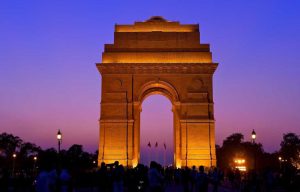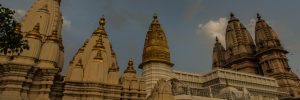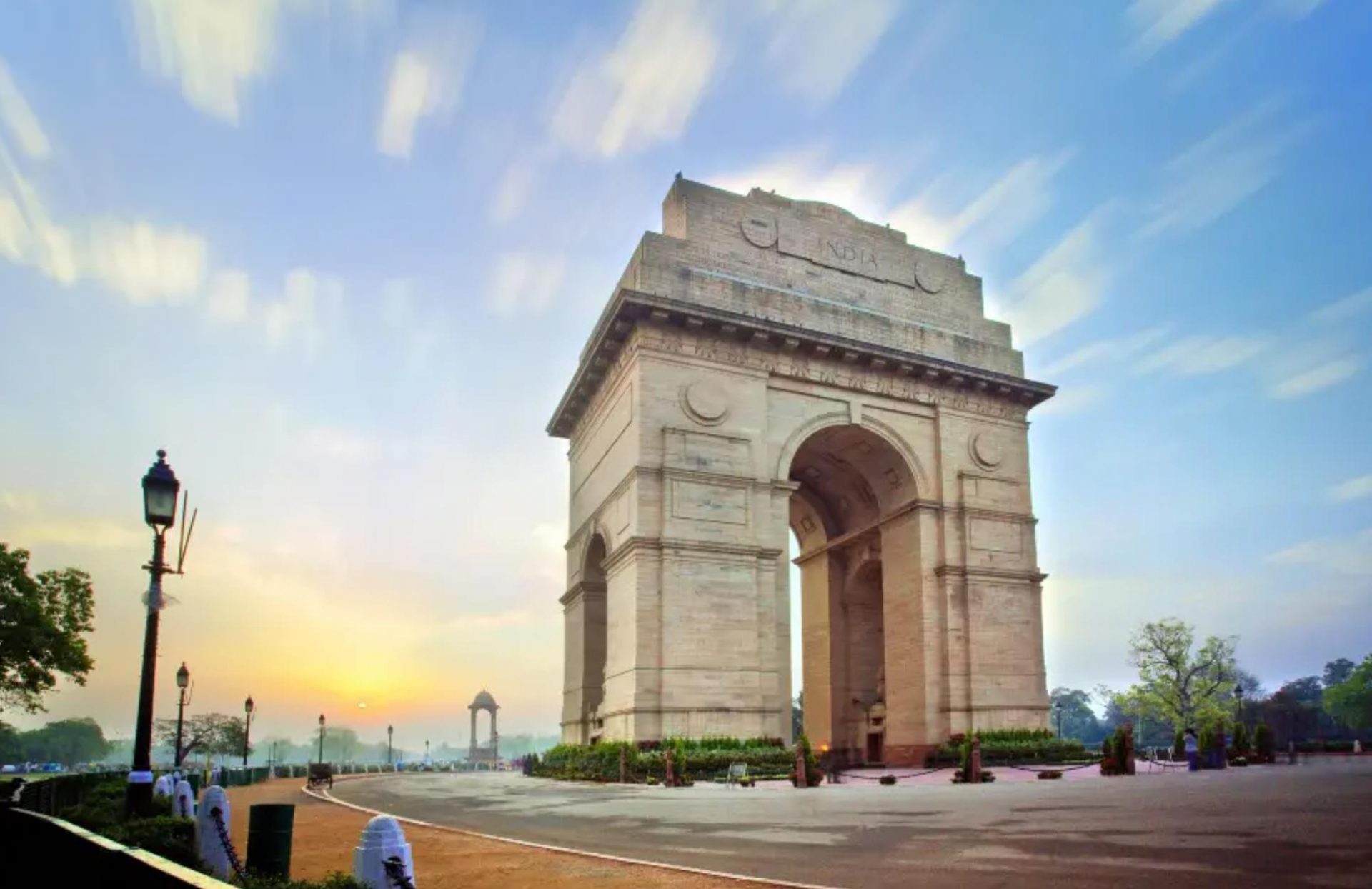One of Delhi’s landmarks, India Gate is a stunning archway that honors the brave soldiers who sacrificed their lives for the country. Built of sandstone, this 42-meter high arch is the first gate of its kind in the capital. The wall of the gate bears the names of 13,516 soldiers who died on the Northwest Frontier in the Afghan War of 1919, as well as the names of 90,000 Indian soldiers who were martyred in World War I. The base of the India Gate is made of red Bharatpur, similar in structure to the Arc de Triomphe in France. “Surrounded by lush, well-maintained lawns, India Gate is a great place for family picnics. The best time to visit the monument is at night, when the entire structure is enveloped in soft golden light, glowing in the starless darkness of the sky. The foundation stone of this magnificent monument was laid in 1921 by the Duke of Connaught and designed by Edwin Lutyens.
Ten years later, Lord Irwin, then Governor General, dedicated the monument to India. The Amar Jawan Jyoti monument made of marble is located in front of India Gate and was built in 1971.
It was built in memory of the soldiers who died bravely in the Indo-Pakistani War in December 1971. The “Flame of the Immortal Soldier” on the east side of India Gate is guarded by uniformed soldiers with a shiny rifle and a military helmet hanging from it. India Gate also hosts a reverent Republic Day parade. First, the president would lay a wreath at the Monument to the Unknown Soldier. Afterwards, a huge parade is held along the Rajpath, where you can see contingents, tanks, colorful vehicles and weapons marching in neat formation. School children and folk dancers will also join the parade, adding a cultural touch to the whole event.

The world’s largest integrated Hindu temple, the Akshardham temple complex is a breathtaking architectural treasure that holds a Guinness World Record. The complex covers a vast area and, when viewed from above, resembles a magnificent city of paradise. The temple itself is built of pink sandstone and marble and is set amidst neat lawns, pristine waterfront and open courtyards. It is built in the traditional Hindu architectural style and follows the architectural design philosophy of Vaastu Shas-tra and Pancharatra Shastra. As you stroll through this stunning complex, you will see animals, flowers, dancers, musicians and deities adorning the walls. The stones used to build the temple are said to have been brought in from Rajasthan and weigh about 6,000 tons. The Italian Carrara marble used in the construction adds to the beauty of this magnificent temple. The temple is also equipped with a musical fountain and regularly hosts the Sahaj Anand Water Show and an amazing sound and light show at Yagnapurush Kund. The show starts at 7:30 pm every night and focuses on telling visitors stories from ancient Indian scriptures.

The Chhatrapur temple is the second largest temple in India, covering an area of about 60 acres, and is dedicated to Goddess Katyaya-ni, the incarnation of Goddess Durga. The temple is built of marble in the Dravidian and Nagara styles of architecture (Nagara). It has three complexes, including 20 large and small temples, and a room with a table, chairs, beds and a dressing table carved in silver. The sanctuary contains an idol of the goddess, who can be seen riding a lion and holding a sword. After worshipping at the sanctuary, devotees can also go ahead and visit the temples of Lord Rama, Lord Shiva, Lord Ganesha and Lord Hanuman. The Chhatrapur temple was built in 1974 under the supervision of Baba Sant Nagpal Ji. The temple has a strong incense flow, which continues throughout the year, especially during Navratri, a nine-day pilgrimage festival.


